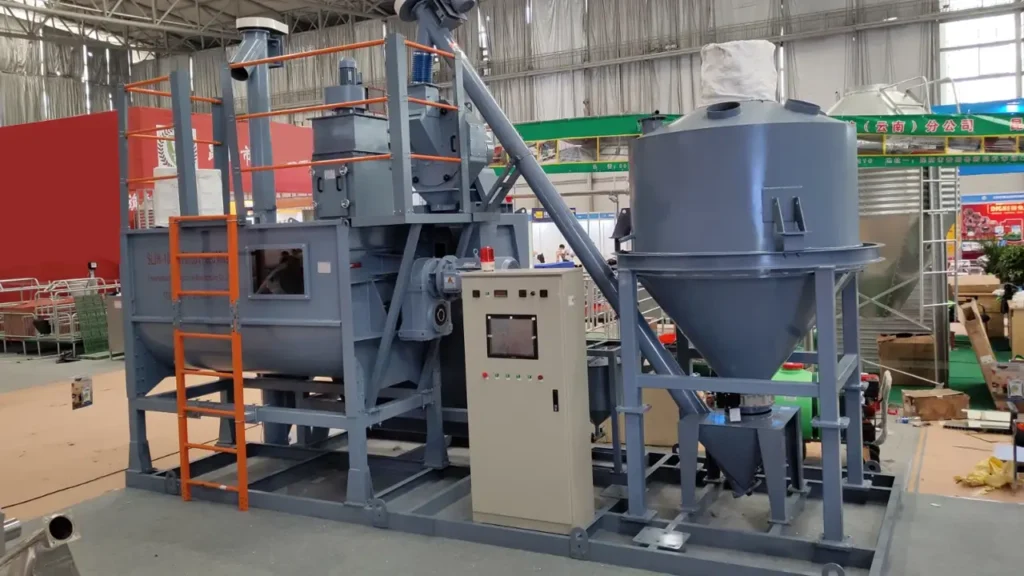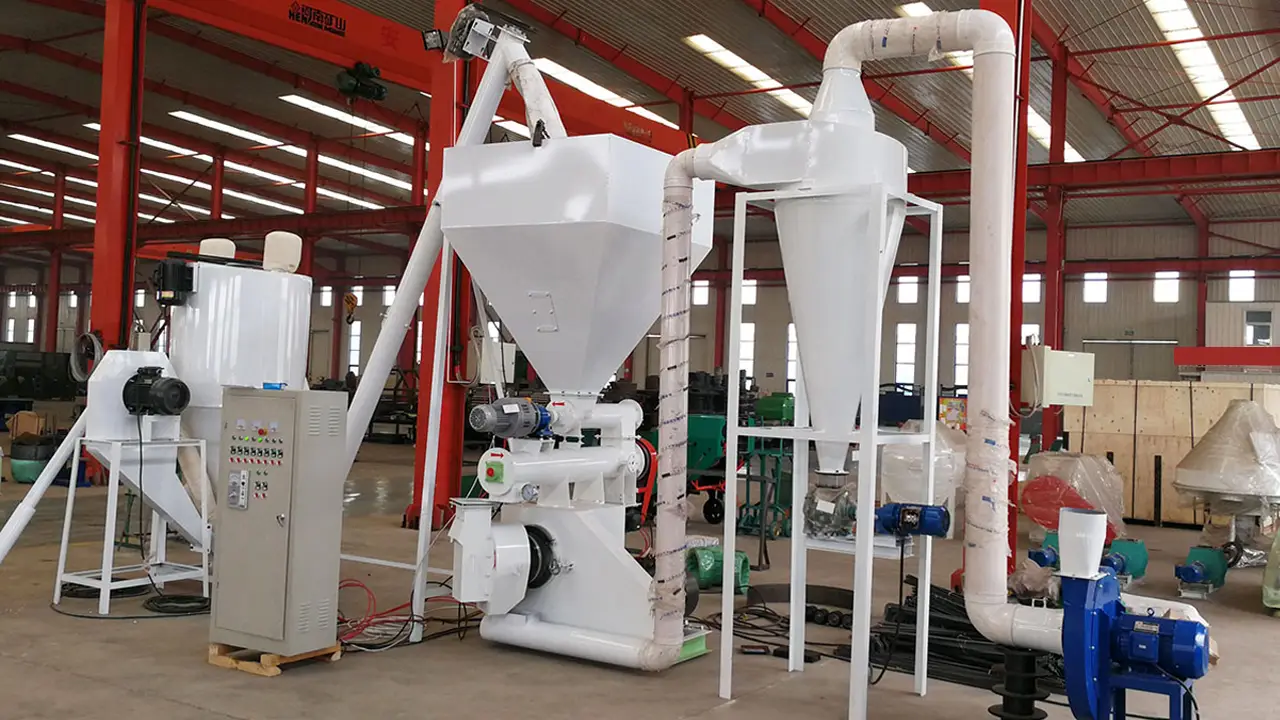Feed Mill Machinery
Feed Mill Machinery: Modern Animal Feeding Technology
The efficiency and profitability of modern livestock operations depend largely on the quality of feed used and feeding strategies. Feed mill machinery makes it possible to produce high-quality feed with homogeneous mixtures that possess the nutritional values animals require.
In a modern feed mill, raw materials undergo a series of processes until they are transformed into the final product: compound feed. Specially designed machines are used for each stage of this process. Feed quality, nutritional value homogeneity, and production efficiency are largely dependent on the technological level of the machinery used and its correct operation.

Types and Features of Feed Mill Machines
Grinding and Crushing Machines
These are machines used to reduce feed raw materials to the appropriate particle size. Hammer mills, roller crushers, and pin mills fall into this category. Proper grinding significantly increases feed utilization rate and homogeneity.Key Features:
- Adjustable particle size
- High-capacity operation
- Energy efficiency
- Wear-resistant hammers and screens
- Automatic feeding systems
Mixers and Blenders
These are machines that ensure the homogeneous mixing of different feed raw materials. There are two main types: horizontal and vertical mixers. Proper mixing is critical for the balanced nutrition of animals.Key Features:
- High homogeneity rate
- Short mixing time
- Adjustable mixing speed
- Easy-to-clean design
- Operation with minimal residue
Pellet Presses and Extruders
These are machines that compress feed raw materials under high pressure and temperature to form them into pellets. Pelleted feed is consumed more easily by animals and causes less loss during transportation.Key Features:
- Adjustable pellet size
- High temperature and pressure control
- Steam conditioning system
- Die and roller durability
- Energy efficiency
Coolers and Dryers
These machines cool the feed, which reaches high temperatures after the pelleting process, and bring it to the appropriate moisture level. Proper cooling is important for preserving feed quality and preventing mold formation.Key Features:
- Fast and homogeneous cooling
- Moisture control system
- Energy recovery
- Dust control mechanism
- Automatic temperature adjustment



